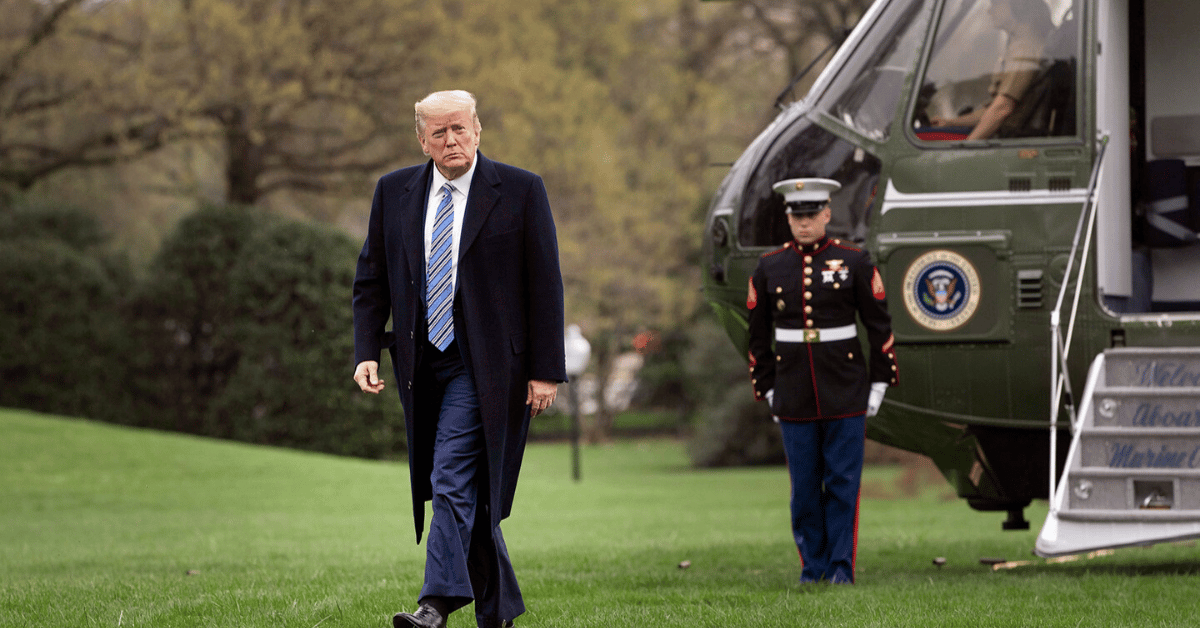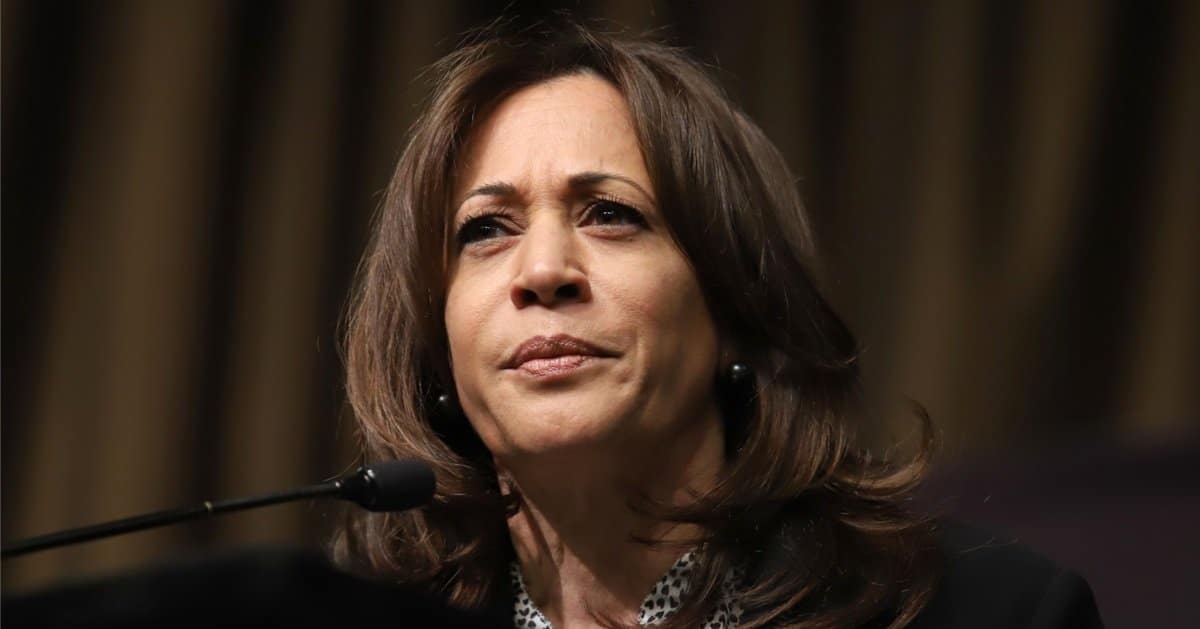


South Dakota Governor Larry Rhoden’s office decided not to pursue legal action to reclaim state spending documents held by The Dakota Scout, following a settlement agreement with State Auditor Rich Sattgast that led to their public release.
Sioux Falls Live reported that the expenditure records, detailing former Gov. Kristi Noem’s state credit card usage, became public despite initial resistance and redaction disputes.
The Dakota Scout took a firm stand to acquire the records after an initial denial that could have kept the documents confidential for years.
The denial cited safety concerns that allowed financial documents from a governor’s tenure to remain protected for a decade post-office. However, the journalistic pursuit of transparency won out in this instance.
The Dakota Scout’s quest for disclosure was initiated through a lawsuit filed against State Auditor Rich Sattgast in September. The suit called into question the barriers set by state law regarding the availability of financial documentation for public view. The lawsuit progressed, ultimately concluding with a settlement.
On February 6, following the agreement between Sattgast, supported by legal representation from the Attorney General’s Office, and The Dakota Scout, the records were handed over to the news outlet. The solemn issues surrounding this exchange highlighted the tension between security concerns and transparency.
Judicial actions surrounding the document release swiftly followed the settlement. Judge Margo Northrup moved to close the case on February 10, a mere four days post-document release, ensuring the narrative moved efficiently through the systems in place. This swift judicial response acknowledged the importance of bringing the issue to a proper resolution.
Despite a significant leap toward transparency, the Governor’s Office retained concerns about the potential implications of releasing unredacted security-related data. They voiced specific apprehensions that demanded further redactions to preserve the security details involving Gov. Noem.
Initially, the office indicated a readiness to challenge The Dakota Scout over their right to expose these records. However, after dialogues with the newspaper, a consensus emerged that averted further courtroom drama. This outcome allowed the Governor’s Office to focus on addressing their redaction concerns without engaging in lengthy judicial proceedings.
Both parties navigated a rocky path to find an amicable conclusion. According to a statement from The Dakota Scout, "the paper would have defended its First Amendment rights" had legal action been taken. Yet, they simultaneously displayed willingness to accommodate legitimate security concerns raised by the state's Executive Office.
Front and center of this unfolding narrative was the push-and-pull of government accountability against individual privacy and security. Publicized documents uncovered around $650,000 in expenditures put on Gov. Noem’s state-issued credit cards spanning from January 2019 through April 2024.
The newspaper also received more than 3,000 pages of documents, including financial records tied to former Gov. Dennis Daugaard’s concluding year in the position. This substantial cache of information underscored the broader ethical conversation around public money management.
The Dakota Scout, both aspiring for honesty and cautioning prudence with sensitive disclosures, reassured their readers through candid statements about integrity. One key note articulated by The Dakota Scout emphasized that conveying how taxpayer money was expensed wouldn’t be undermined by the security considerations discussed.
Throughout the unfolding of these events, the story draws citizens back to a fundamental democratic principle: government transparency. The softening stance of the Governor's Office not only signified a receptive but realistic take to public oversight but also held a mirror to democratic processes working through real-world scenarios.
Moreover, The Dakota Scout’s commitment to honoring their journalistic duties while respecting valid security reasons illustrated the delicate balance that often pervades discussions in public policy arenas. In the end, both parties appeared to find common ground, steering the conclusion towards constructive understanding and fortifying public trust in institutional processes.
With these revelations now accessible, South Dakotans possess greater insight into their government's classifications of financial appropriations, fostering an informed citizenry ready to engage with state leaders at every appropriate juncture.



